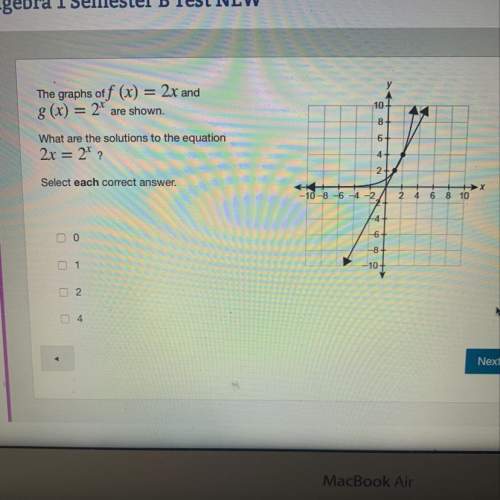
Mathematics, 08.02.2021 19:30 Amrinderkhattra
Assume that a driver faces the following loss distribution:Outcome Probability12,000 0.15 0 0.851. What is the expected loss?2. What is the standard deviation of loss?Now assume that this driver pools her losses with another driver facing the same loss distribution, and that the losses are not correlated.1. What is the expected loss for each member of the pool?2. What is the standard deviation of loss for each member of the pool?These two drivers decide to pool their losses with two other drivers with the same loss distribution, and all losses are not correlated. (This four-person group will be called Group A)1. What is the expected loss for each member of the pool?2. What is the standard deviation of loss for each member of the pool?These four drivers are considering pooling their losses with another group of four drivers (Group B) facing a different loss distribution (for each driver in the group):Outcome Probability28,000 0.0210,000 0.23 0 0.751. What is the expected loss for each member of this new pool of four drivers?2. What is the standard deviation of loss for each member of this new pool?Now, Group A and Group B decide to pool their risks, becoming a single pool of eight drivers (Group C).1. What is the expected loss for each member of this new 8-person pool of drivers?2. The standard deviation for each member of this new 8-person pool is fairly complicated to calculate. Directionally, though, how would you expect the standard deviation for the members of Group C to compare with the standard deviations of Group A and Group B (Higher/Lower/No Change). Why?If each driver were required to contribute an equal share to the Group C pool to cover losses, would the people in Group A choose to enter Group C? Would the drivers in Group B want to join the pool? Why or why not?If each driver were required to contribute an amount proportional to their own expected loss (this means that if the actual losses of Group C were equal to the Group C expected loss, then Group A drivers would contribute an amount equal to the Group A expected loss and Group B would make a contribution equal to the Group B expected loss), would the people in Group A choose to join the pool? Would the people in Group B want to join the pool? Why or why not?Finally, there is another group of four drivers (Group D) with the yet another loss distribution:Outcome Probability60,000 0.0125,000 0.1010,000 0.300 0.591. What is the expected loss for each member of Group D?2. What is the standard deviation for each member of Group D?3. Under what conditions, if any, would the Group A drivers be willing to pool with the members of Group D to become a single pool of eight drivers?

Answers: 3
Another question on Mathematics

Mathematics, 21.06.2019 19:00
How is working backward similar to solving an equation?
Answers: 1

Mathematics, 21.06.2019 19:00
Quadrilateral abcd in the figure below represents a scaled-down model of a walkway around a historic site. quadrilateral efgh represents the actual walkway. abcd is similar to efgh. what is the total length, in feet of the actual walkway?
Answers: 2


Mathematics, 21.06.2019 21:00
Carmen ayer en el mercado compro 3/4 kg de guayabas, 6/8 kg de peras, 1/2 kg de naranjas ¿cuantos kilogramos de fruta compro?
Answers: 2
You know the right answer?
Assume that a driver faces the following loss distribution:Outcome Probability12,000 0.15 0 0.851. W...
Questions




English, 10.07.2019 02:30


English, 10.07.2019 02:30


Mathematics, 10.07.2019 02:30


Biology, 10.07.2019 02:30



Mathematics, 10.07.2019 02:30

English, 10.07.2019 02:30

History, 10.07.2019 02:30

English, 10.07.2019 02:30


Social Studies, 10.07.2019 02:40






